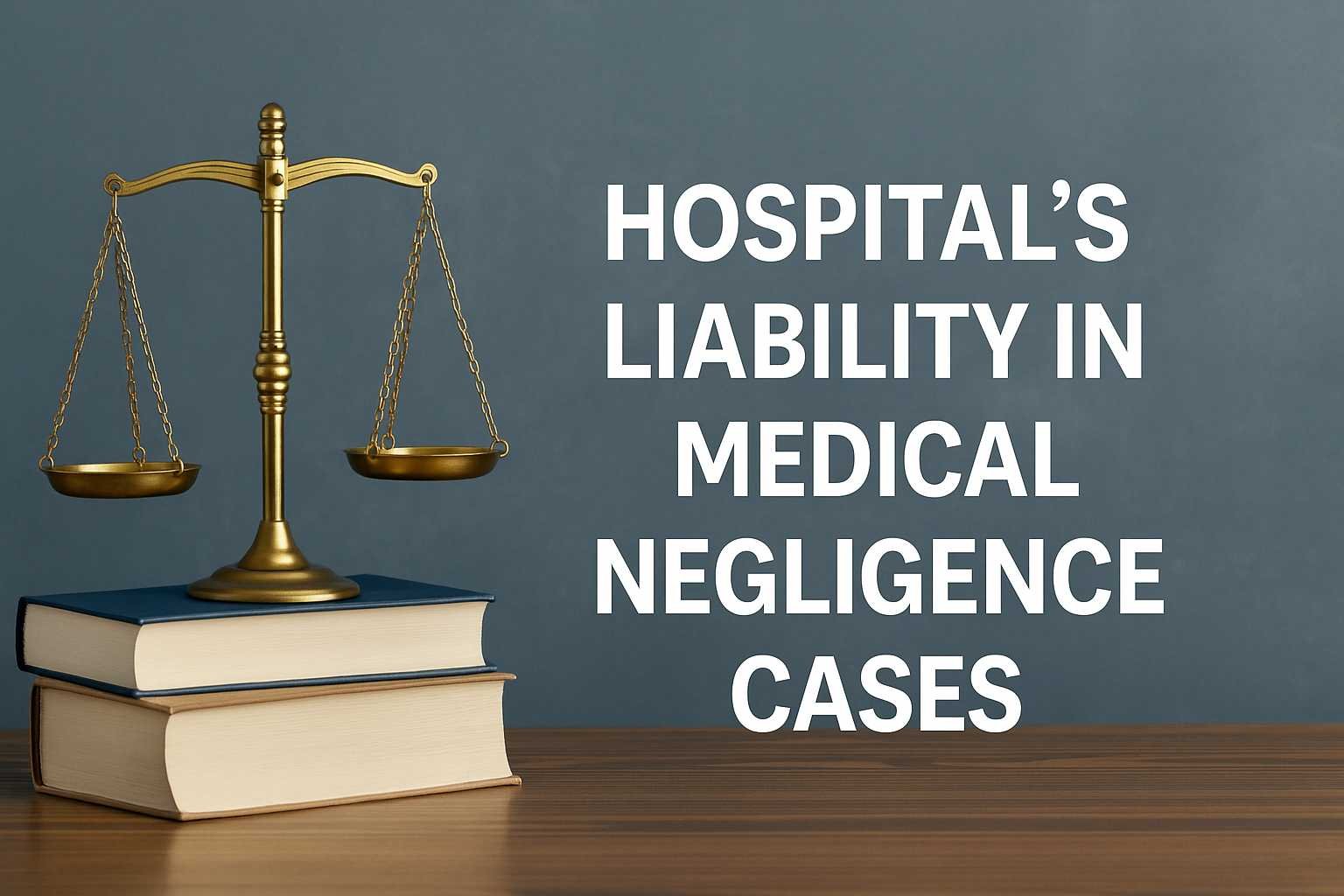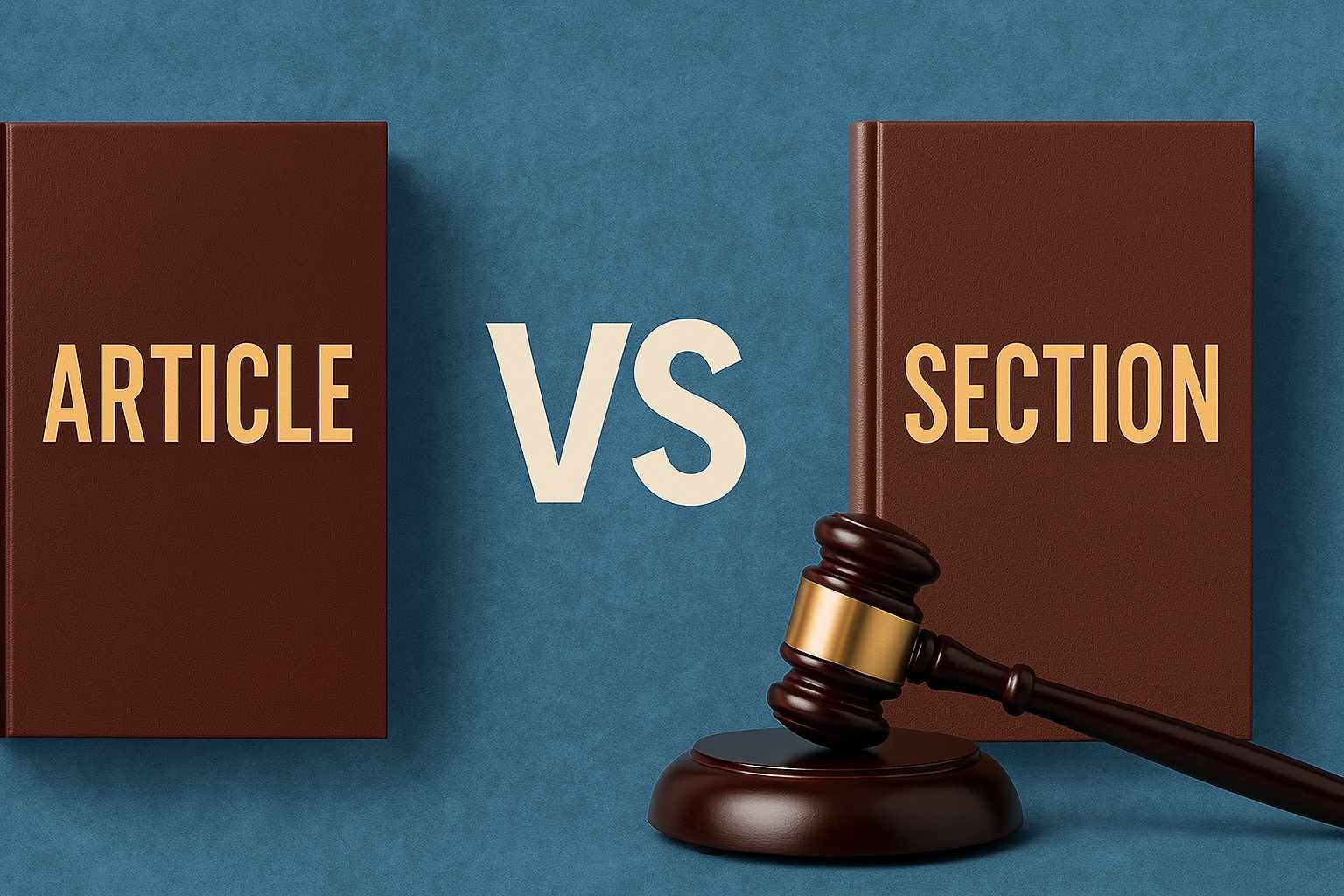On this page you will read detailed information about Doctrine of Severability.
As you delve into the intricacies of constitutional law, you’ll encounter the doctrine of severability—a crucial concept that has shaped the interpretation and application of legislation for centuries. This principle allows courts to preserve the constitutionally valid portions of a law when other parts are deemed unconstitutional. By exploring the origins and judicial interpretations of severability, you’ll gain valuable insights into how courts navigate the complex landscape of statutory construction. Understanding this doctrine is essential for legal professionals, lawmakers, and anyone interested in the nuanced interplay between legislative intent and judicial review. Join us as we unravel the historical context and modern implications of this fundamental legal principle.
What is the Doctrine of Severability?
The doctrine of severability is a fundamental legal principle that addresses how courts should handle statutes when a portion is found to be unconstitutional. This doctrine states that when part of a law is deemed invalid, courts must strive to preserve the remaining valid parts rather than striking down the entire statute. Essentially, it’s a legal tool that allows the judiciary to perform selective surgery on legislation, excising only the problematic parts while leaving the rest intact.
Legislative Intent and Presumption of Severability
The modern doctrine of severability is rooted in a legislative intent test. Courts must determine whether lawmakers would have preferred the valid portions of the statute to remain in effect without the unconstitutional provisions. There’s typically a strong presumption in favor of severability, meaning courts are expected to limit their remedy to the specific constitutional violation and preserve as much of the law as possible.
Practical Applications
The doctrine of severability has significant implications for major legislation. For instance, in the case of the Affordable Care Act (ACA), the severability question arose when the individual mandate was challenged. The Supreme Court had to decide whether the entire ACA should fall if the mandate was found unconstitutional, or if the rest of the law could be severed and preserved. This demonstrates how the doctrine can impact far-reaching policies and millions of Americans.
Origins of the Doctrine of Severability
Historical Roots
The doctrine of severability has deep roots in the history of judicial review. Since the early days of constitutional interpretation, courts have grappled with how to handle statutes that are partially unconstitutional. The principle emerged as a way to preserve as much of the legislature’s work as possible, reflecting a commitment to judicial restraint and respect for the legislative process.
Evolution of the Doctrine
Initially, courts leaned towards a presumption of severability, aiming to salvage valid portions of laws rather than striking them down entirely. However, during the Lochner era of the early 20th century, the Supreme Court often used the doctrine of severability as a tool to invalidate economic and social legislation it deemed unfavorable. This period saw a shift towards a presumption of inseverability, highlighting the potential for judicial overreach.
Modern Interpretation
Today, the doctrine of severability is primarily based on legislative intent. Courts attempt to determine whether lawmakers would have preferred the valid portions of a statute to remain in effect if the unconstitutional parts were removed. This approach has led to a strong presumption in favor of severability, with courts generally preferring to use a “scalpel rather than a bulldozer” when addressing constitutional challenges. The modern interpretation seeks to balance respect for legislative authority with the judiciary’s duty to uphold constitutional principles.
In the previous post, we had shared information about Sources of International Law, so read that post also.
Notable U.S. Supreme Court Cases on Severability
Recent Landmark Decisions
The doctrine of severability has been a central issue in several high-profile Supreme Court cases in recent years. In Seila Law v. Consumer Financial Protection Bureau, the Court applied the doctrine to preserve the overall structure of the CFPB while invalidating certain provisions. Similarly, in Barr v. American Association of Political Consultants, the Court used severability to maintain the broader statute after striking down specific sections.
Evolving Judicial Interpretations
The Supreme Court has consistently reaffirmed a “strong presumption” favoring severability, viewing it as a “scalpel rather than a bulldozer” approach to addressing unconstitutional provisions. However, some justices, including Clarence Thomas and Neil Gorsuch, have expressed concerns about the Court’s power to “blue pencil” statutes and the “nebulous inquiry into hypothetical congressional intent” required by the doctrine of severability.
The Affordable Care Act and Severability
One of the most significant applications of severability doctrine in recent years has been in cases challenging the Affordable Care Act (ACA). In California v. Texas, the Court had to determine whether the individual mandate could be severed from the rest of the ACA. This case highlighted the crucial role of severability in preserving legislative intent and limiting judicial overreach in complex, far-reaching legislation.
How Courts Determine Severability
Evaluating Legislative Intent
When courts encounter the doctrine of severability, they must carefully assess legislative intent. According to legal scholarship, judges often grapple with a hypothetical question: Would lawmakers have chosen to enact the remaining parts of a statute without the unconstitutional provision? This analysis involves examining the statute’s history, purpose, and structure to discern the legislature’s original intentions.
The Role of Severability Clauses
Severability clauses play a crucial role in guiding judicial decisions. These provisions explicitly direct courts to preserve the remainder of a statute if a portion is found unconstitutional. However, as noted by legal experts, the presence of a severability clause does not automatically dictate the outcome. Courts must still consider whether the statute can function as intended without the severed provision.
Applying the “Blue Pencil Rule”
Courts often employ the “blue pencil rule” when determining severability. This approach allows judges to strike out unenforceable provisions while preserving the legally valid parts of a contract or statute. According to legal sources, this method enables courts to maintain the core of an agreement, even if certain clauses are deemed invalid. The doctrine of severability thus serves as a tool for preserving legislative intent and contractual relationships to the greatest extent possible.
The Future of the Doctrine of Severability
Evolving Interpretation and Application
The doctrine of severability continues to play a crucial role in shaping the future of constitutional law. As legislation becomes increasingly complex, courts face new challenges in applying this principle. According to legal scholars, the doctrine of severability reflects a core tenet of judicial restraint, requiring courts to preserve valid parts of a statute when possible. This approach respects legislative intent and minimizes judicial overreach.
Adapting to Modern Legislation
As omnibus legislation becomes more prevalent, the traditional severability doctrine faces new hurdles. The Yale Law Journal notes that the complexity of these bills makes it difficult to determine the interdependence of provisions and Congress’s hypothetical intent. To address these challenges, some legal experts propose alternative approaches, such as the “constitutional incompatibility option,” which would allow legislators to revise laws found unconstitutional before they are struck down entirely.
Implications for Future Cases
The doctrine of severability will likely continue to be a focal point in high-stakes legal battles. Recent cases involving the Affordable Care Act demonstrate the doctrine’s potential to shape health care policy and impact millions of Americans. As courts grapple with increasingly complex legislation, the interpretation and application of severability principles will undoubtedly evolve, influencing the future of constitutional law and legislative drafting.
Conclusion
As you have seen, the doctrine of severability plays a crucial role in constitutional law and statutory interpretation. Its origins in contract law have evolved into a powerful judicial tool for preserving legislative intent while excising unconstitutional provisions. The Supreme Court’s application of severability analysis continues to shape the boundaries of federal and state laws. By understanding the key principles and precedents surrounding severability, you are better equipped to analyze complex legal challenges and anticipate how courts may rule on constitutional questions. As legislation grows increasingly complex, the doctrine of severability will undoubtedly remain an essential concept in American jurisprudence for years to come.
Disclaimer
The information and services on this website are not intended to and shall not be used as legal advice. You should consult a Legal Professional for any legal or solicited advice. While we have good faith and our own independent research to every information listed on the website and do our best to ensure that the data provided is accurate. However, we do not guarantee the information provided is accurate and make no representation or warranty of any kind, express or implied, regarding the accuracy, adequacy, validity, reliability, availability, or completeness of any information on the Site. UNDER NO CIRCUMSTANCES SHALL WE HAVE ANY LIABILITY TO YOU FOR ANY LOSS OR DAMAGE OF ANY KIND INCURRED AS A RESULT OR RELIANCE ON ANY INFORMATION PROVIDED ON THE SITE. YOUR USE OF THE SITE AND YOUR RELIANCE ON ANY INFORMATION ON THE SITE IS SOLELY AT YOUR OWN RISK. Comments on this website are the sole responsibility of their writers so the accuracy, completeness, veracity, honesty, factuality and politeness of comments are not guaranteed.
So friends, today we talked about Doctrine of Severability, hope you liked our post.
If you liked the information about Doctrine of Severability, then definitely share this article with your friends.
Knowing about laws can make you feel super smart ! If you find value in the content you may consider joining our not for profit Legal Community ! You can ask unlimited questions on WhatsApp and get answers. You can DM or send your name & number to 8208309918 on WhatsApp








